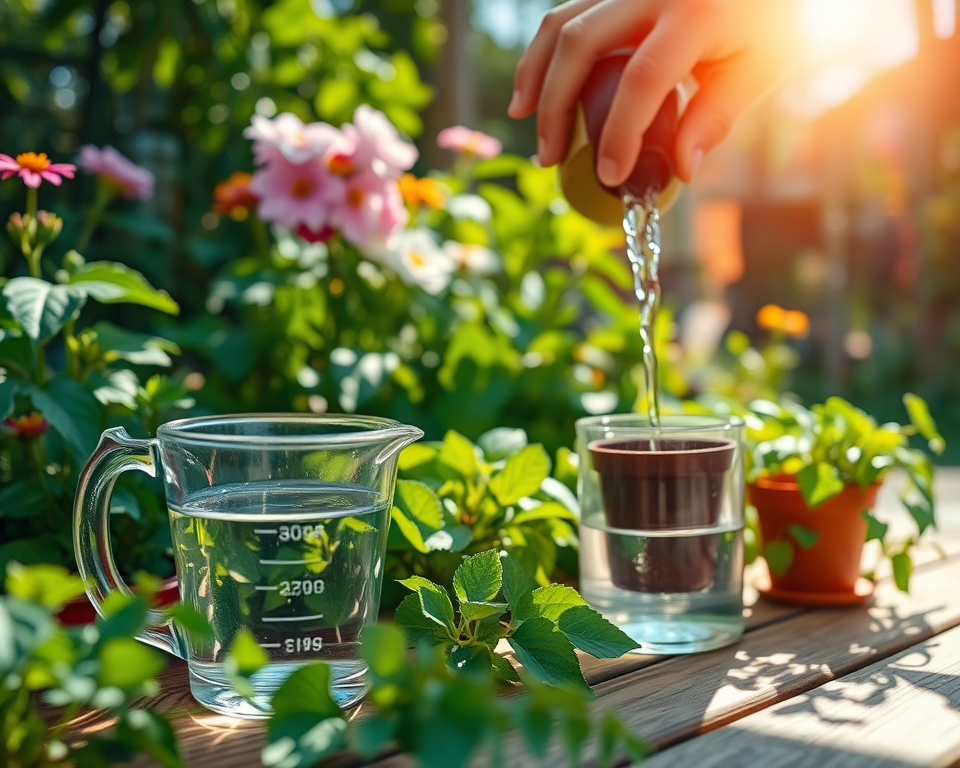When we talk about liquids like water or fertilizer for our gardens, we often use different units of measurement. One common unit is the liter (noted as L), and another is the quart (noted as qt). Knowing how to convert between them is useful, especially when you’re mixing up your own plant foods or measuring out watering amounts.
Table of Contents
What is a Liter?
A liter is a way to measure how much liquid you have. If you think about it, you might have a 1-liter bottle of soda or a 1-liter milk carton. It’s a big enough amount of liquid for many uses in the garden!
What is a Quart?
A quart is a smaller measurement compared to a liter. There are 4 quarts in 1 gallon, and 1 quart is about 1/4 of a gallon. It can help us understand how much water we’re using when we’re doing activities like feeding our plants or filling up watering cans.
How to Convert Liters to Quarts
To convert from liters to quarts, we use the fact that 1 liter is equal to about 1.057 quarts. So, if we have 2 liters, we can calculate how many quarts that is using the following equation:
$$
\text{Quarts} = \text{Liters} \times 1.057
$$
Applying this to our case:
$$
2 \text{ L} \times 1.057 \approx 2.114 \text{ qt}
$$
Real-Life Examples
If you’re working in your garden, here are some objects that are each exactly equal to 2 liters:
- A large beverage bottle (like soda or juice).
- A quart-sized milk jug (approximately 4 pints).
- A 2-liter soda bottle.
- A standard garden watering can that holds 2 liters.
- Two quart containers filled with water.
- A large soup pot that has a 2-liter capacity.
- A big glass jar that can hold 2 liters of liquid.
So, when you’re out gardening and need to measure your liquids, remember how liters and quarts relate to each other! Having this knowledge can help you care for your plants more effectively. Happy gardening! 🌱
